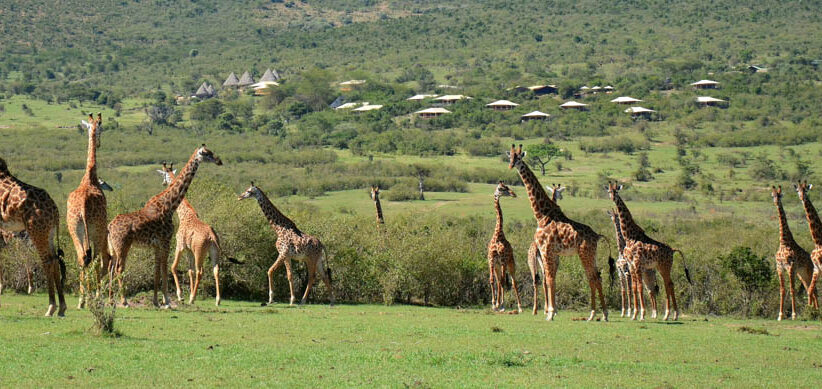Tracking down the famous Ugly Five
The names of the creatures of the Big Five are probably well known to any African animal enthusiast. The term originally described the most dreaded and the most difficult wild animals to hunt and capture as a trophy.
But for today’s safari adventurer, the term is generally only applied to photo safaris where it’s used as a list of the most impressive and imposing – and sometimes illusive – wild animals to capture on film.
And, of course, there is the Little Five: five smaller creatures that partly share a name with members of the Big Five (but perhaps not many of their characteristics).
But have you ever heard of the Ugly Five?

The “Ugly Five” includes what some people think are the most unattractive and unphotogenic wild animals on the African continent. The exact origin of this term is frankly not known to me, but searching for the animals of this particular category certainly gives each safari a certain fun factor.
The Hyena – The backstabbing opportunist

These carnivores are often misunderstood as being rather seedy. They are almost always characterized as being backstabbing opportunists, strolling around to steal the prey of other predators.
This impression must be corrected, however, since hyenas are very good hunters and 90% of their prey has been killed by themselves.
They are usually active at dusk and during the night and have an excellent sight in the dark. They most likely the most powerful dentition of all living creatures in Africa with a massively strong bite. The beauty of a hyena can certainly be disputed but there’s no use in calling them ugly – if it could, the hyena would probably react to this remark with only a scornful laugh!

The Marabou Stork – The old, crinkly bird watching events unfold from the sidelines
Also known as “grave digger”, this giant bird, has a imposing size with a body weight of 9 kg and a wingspan of more than 3 meters. Their lack of feathers means the hot African sun sometimes gives them blisters on their heads. Marabous are famous for their agressive behaviour, especially when gathered around a carcass with many of their peers.

The Wildebeest – Lunch for the Lion
Probably no other mammal is proportionally represented as strongly in the Masai Mara and Serengeti as the wildebeest. In the Serengeti alone, more than 1.5 million animals roam the wide grass ridges on their annual migration.

Gnus are pure herbivores and have a wide muzzle that allows them to eat especially short grass. This means that they produce an impressive 400 tons of manure every day! This means that wildebeest does not only function as lawn mowers, but also as an important fertilizer supplier for the African savannah landscape.
The Vulture – The scavenger that will eat anything

As soon as many people hear the term vulture, they usually get a very negative picture, closely linked to death and decay. This is not surprising, since vultures are pure scavengers.
However, at the same time, they have an important role to play in preserving and maintaining the sensitive Mara/Serengeti ecosystem by preventing the spread of pathogens.

They are actually quite beautiful in the air, with broad wingspans and effortless grace. They have a very good sight, which allows them to recognize even the smallest details from an distance of 1 km.
Warthog – The cut pig, always being chased and bullied by a leopard
Warthogs, belonging to the pig family, are always easy to spot on a safari. Their impressive tusks are used not only for self defense, but also as a means of fighting.
When they are in danger, you’ll see the warthog with a high-stretched tail, as if they were carrying a radio antenna. This helps them warn all fellow warthogs of the imminent danger. But this stretched tail has another, more caring role, allowing the small piglets to easily follow their mother through the long grass of the bush.

Of course, beauty is in the eye of the beholder and many think the Ugly Five are in fact, gorgeous creatures.
So on your next safari, don’t miss looking out for the Big Five, the Little Five and the special creatures of the Ugly Five. Regardless of how many of of these stunning creatures you are fortunate enough to view during your safari you will certainly be amazed with all the creatures and magnificent landscapes you find along the way.







